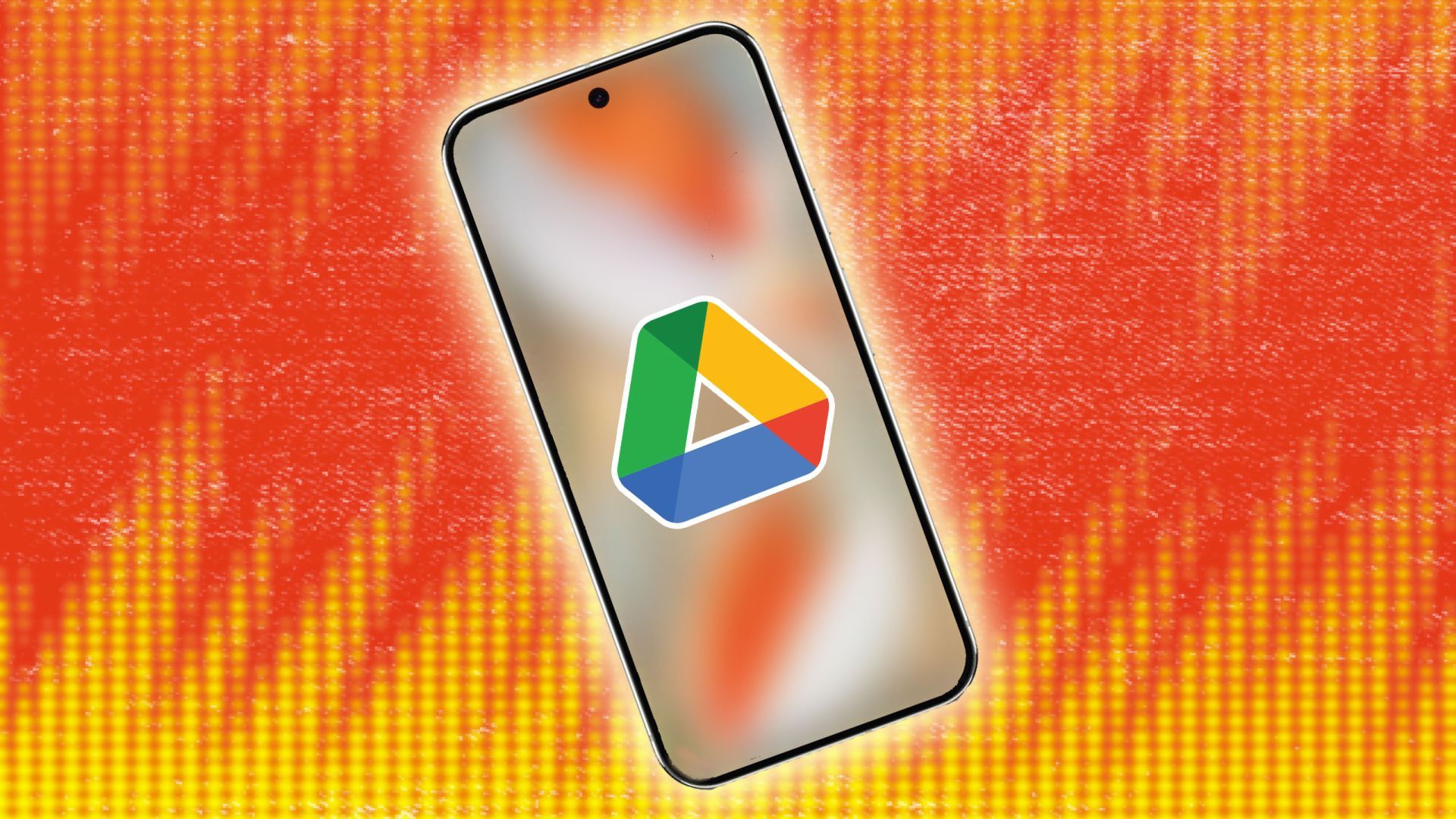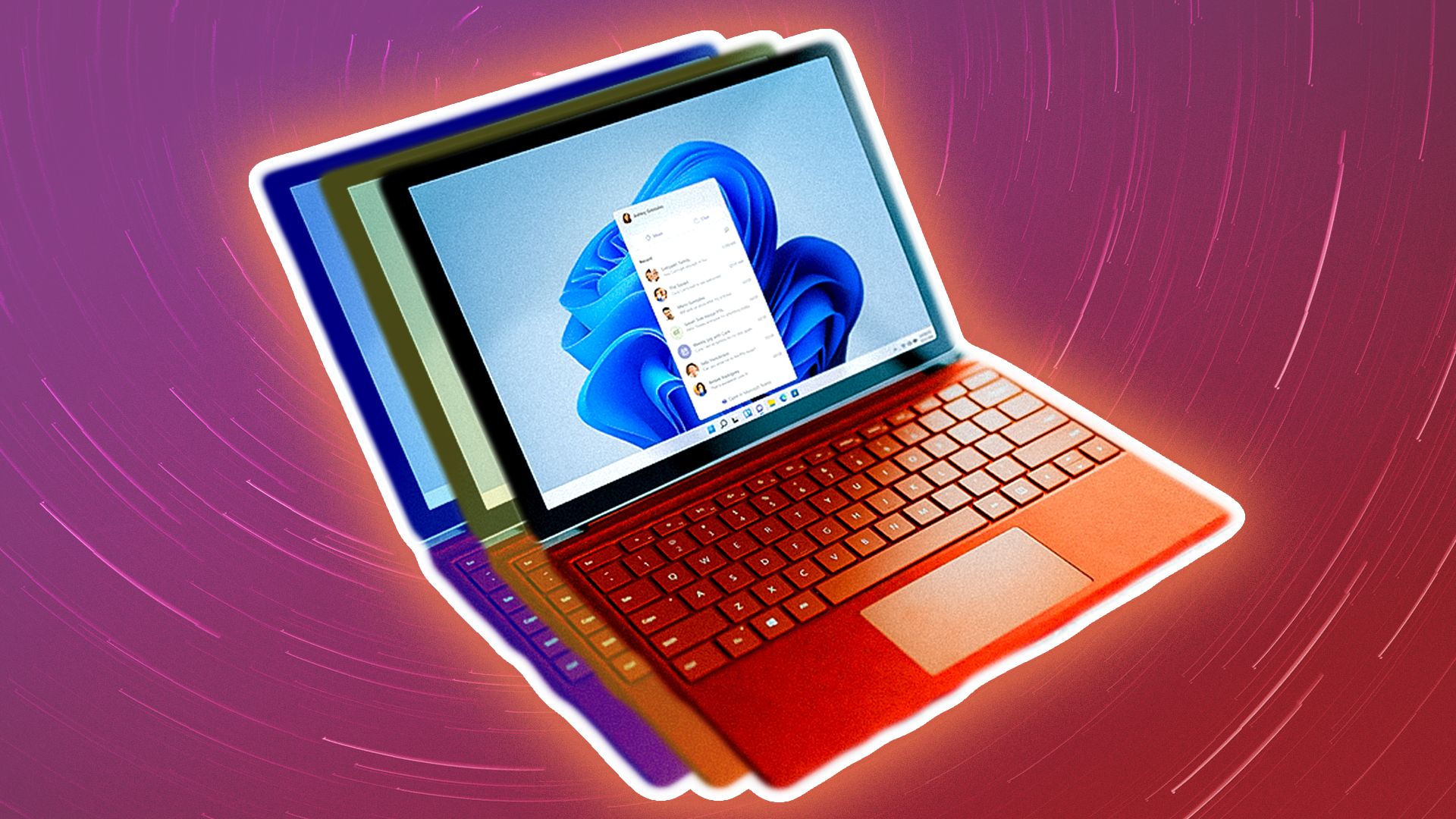Summary
- Google Drive is now available on Arm-based Windows PCs, beginning March 24, 2025 with a 15-day rollout.
- ARM64 computing continues gaining traction, making Windows on Arm a viable choice for developers and consumers.
- Snapdragon 8 Elite and X Elite chipsets enable powerful software on efficient devices, advancing the potential of cross-compatible apps and services.
Google Drive’s feature set and user-friendliness have long made it the cloud storage of choice for many users, handily beating more security-minded upstarts like Proton Drive. Google opened its lauded service to users of Arm-based Windows PCs back in November 2024, but in a beta version without a guarantee that everything would work perfectly. Beginning March 24, 2025, most users of the efficiency-forward Windows adaptation should be allowed standard access, with a maximum of 15 days for the feature to roll out to more obscure markets.
Related
7 Google Drive settings you should update for better productivity
Get more out of Google Drive by tweaking these settings
Another sign ARM64 computing is here to stay
Most work happens online these days, after all
Early adopters of Arm PCs found them less-than-ideal as productivity machines, to say the least. Experts roundly rebuked the first crop of such computers, pointing out that absurd battery life and always-on functionality don’t matter much if the most common apps and services aren’t supported. That’s changed little by little, making the blend of mobile-centric hardware and desktop-style computing a worthwhile choice by many accounts. The increasingly popular line of Arm-powered Copilot+ laptops is clear evidence of that.
With Google Drive leaving beta, the Big G offers its own perspective, that Windows on Arm is a viable space for developers to focus on, and therefore, for consumers to invest in. Other services have similarly tipped their hat to the platform, including the high-security Proton VPN and class-leading encrypted messaging app Signal. Even video game giant Valve has toyed with ARM64 support, although that’s almost certainly related to its SteamOS software, rather than Windows (but one can always hope).
Is it time for Windows on Arm to shine?
As savvy Android Police reporters highlighted a year ago, Windows on Arm could be poised for its moment in the sun. Google Drive isn’t the company’s first ported feature to back the platform’s viability, either, with Quick Share supporting ARM64 operation since mid-2024. The popularity and sheer power of the Snapdragon 8 Elite chipset found in today’s fastest smartphones enables a wide range of compute-heavy software that such efficient devices couldn’t dream of running in the past.
With the Snapdragon X Elite and related processors essentially just beefier versions of what’s found in the Galaxy S25 family and other current leaders, expect continued advancement in cross-compatible apps and powerful features that don’t demand much processing power (compared to their x86/x64 Windows software counterparts, that is).




